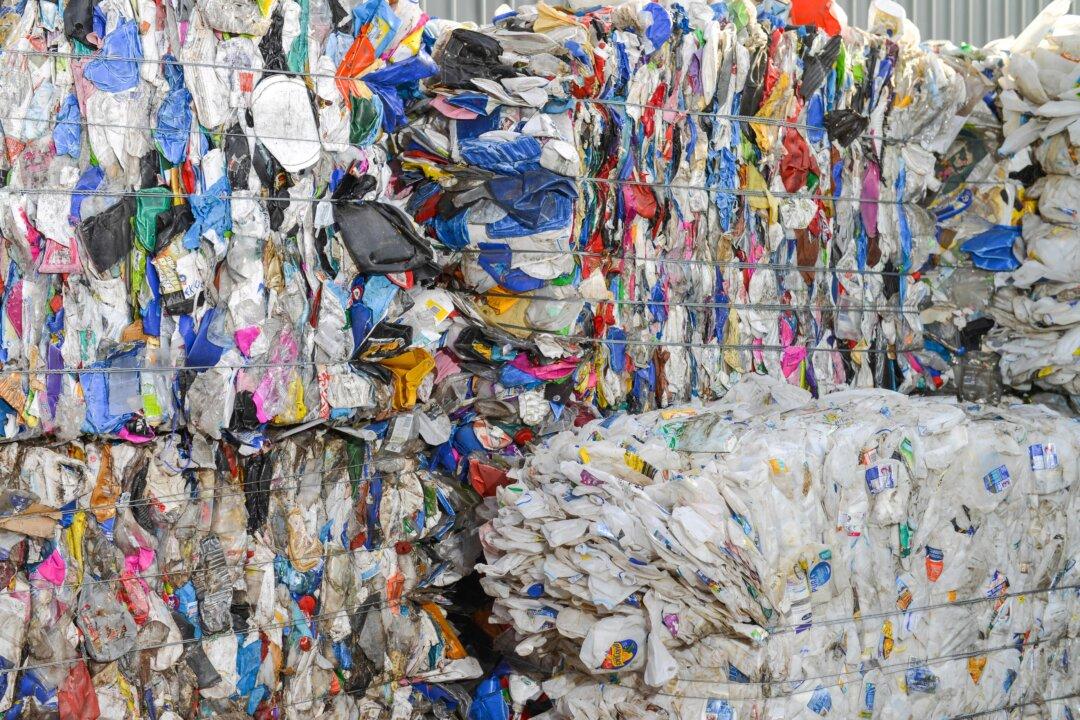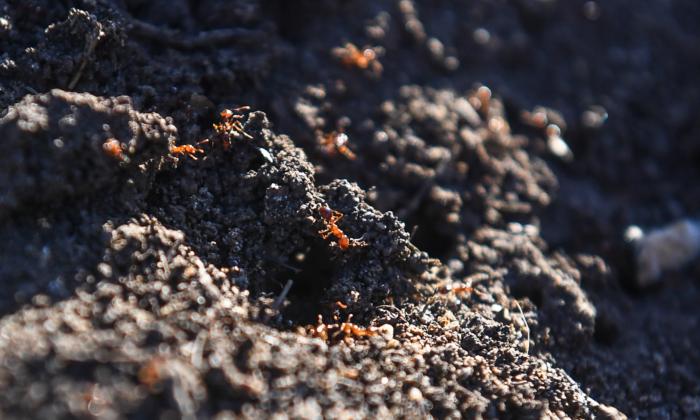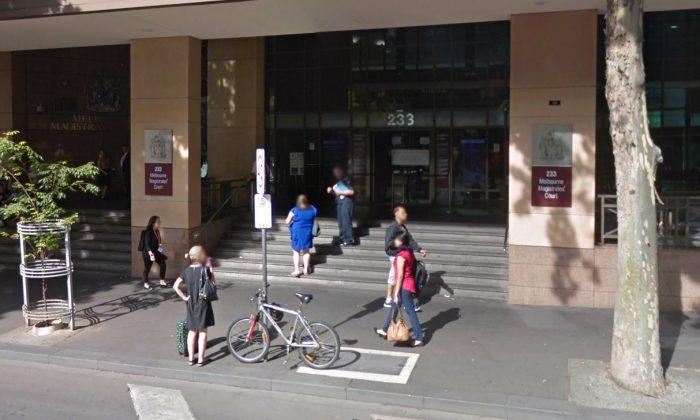Sydney is fast running out of landfill.
And its limited options threaten to force New South Wales (NSW) authorities to send some junk interstate after 2030 and force households to separate their food scraps.
“We are not kicking the can down the road any longer,” Environment Minister Penny Sharpe said on Nov. 1.
“This is an urgent issue.”
Extending current landfills in Sydney might be needed but Sharpe would prefer more recycling and no more landfills.
“Landfills are old technology, not fit for purpose, (generate) huge amounts of emissions, and they just waste so much recoverable material,” she said.
“We have to transition to something new.”
Total Environment Centre director Jeff Angel said the revelation should shock stakeholders into making genuine changes for a circular economy.
“There are some serious capacity issues but it’s not an excuse to cannibalise recyclables over many years,” he told AAP.
Recycling rates in NSW have stagnated at around 65 percent since 2015/16, well short of a target of 80 percent by 2030.
To address the issue, the government said it would develop the state’s first waste infrastructure plan, finalise a waste levy review and boost recycling and reuse sectors.
The Harbour City is not alone in facing a landfill problem—the last remaining landfill in the southeast of Melbourne will close within a few years.
Rubbish from 1.54 million households will soon be trucked 150 kilometres east to the Latrobe Valley to be incinerated under a long-term contract struck in August.
Thermal energy harnessed from the process will be pumped back into the electricity grid.
It’s one of five plants under development in Victoria, while Perth has already adopted the technology and other states are actively considering it, as a preferred option to landfill.
Proponents say waste-to-energy facilities are being used safely and reliably in metropolitan areas around the world, including in the United Kingdom, Europe, Asia, and North America.
But the approach threatens to upend Australia’s path to a circular economy, Angel said.
“If government and business get too excited about waste-to-energy, we stall the real changes needed,” he said.
“Waste-to-energy is a very, very old technology.”
NSW Environment Protection Authority chief Tony Chappel said forcing the phase-in of food and garden organics—or FOGO—collection for businesses and households was a “very major lever” being pulled.
“About 40 percent of what people put in the red bin is garden clipping, food scraps, and food waste,” he said.
“That’s a huge opportunity.”
People did not have to always get it right.
“But even if just a portion goes to composting, we are not only creating new value, new organic fertiliser for our farmers and our parks and gardens, we’re also materially reducing our landfill volume and greenhouse gas emissions,” Chappel said.







